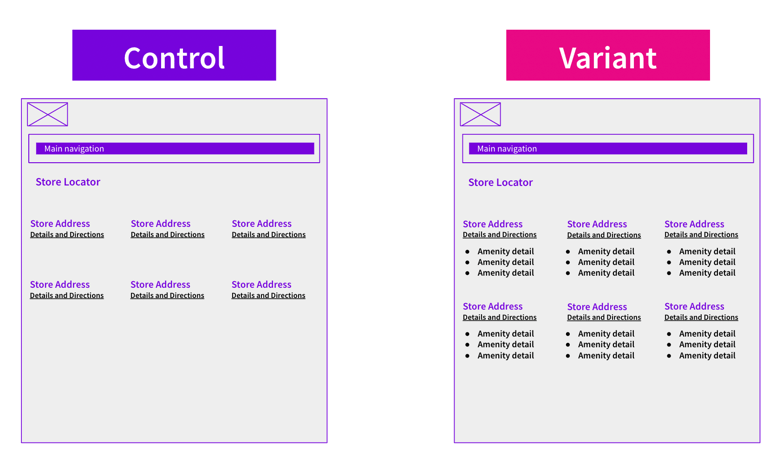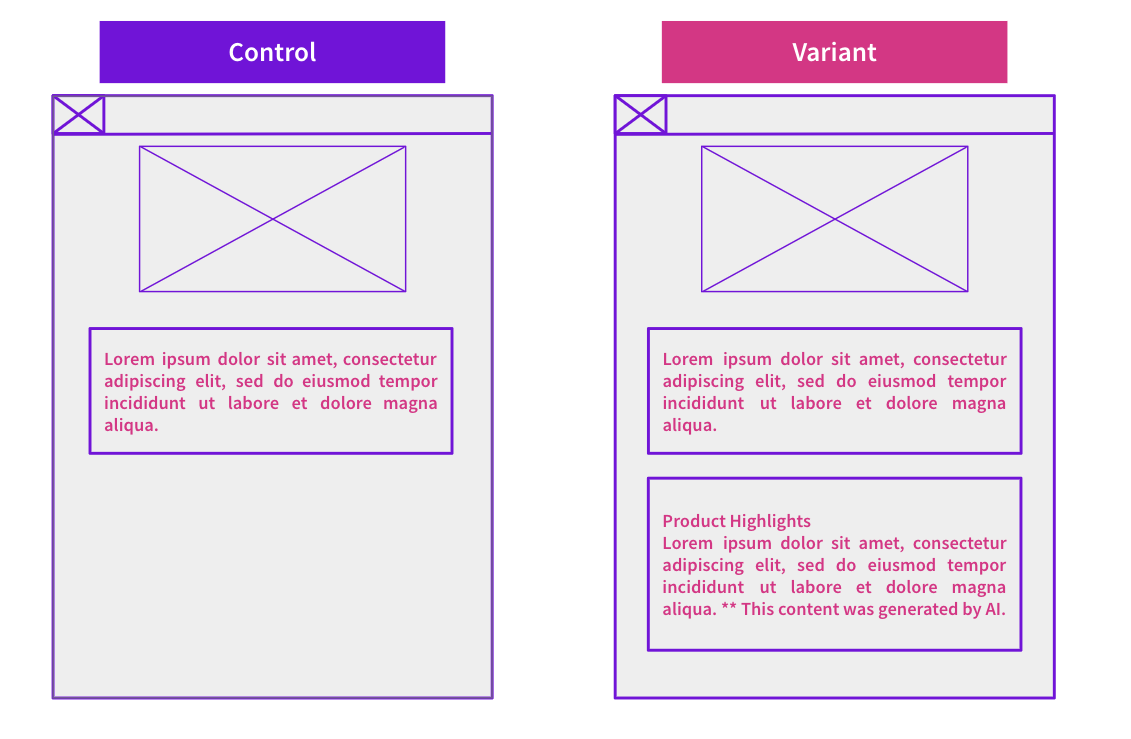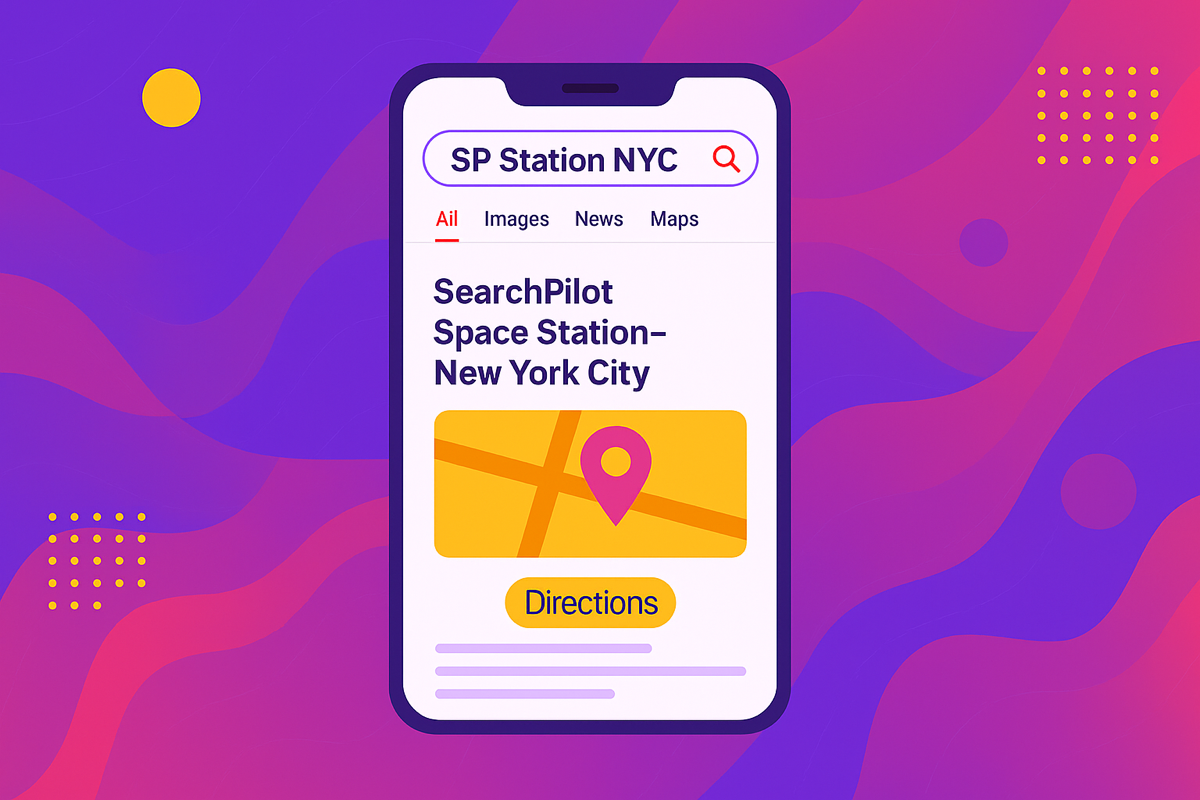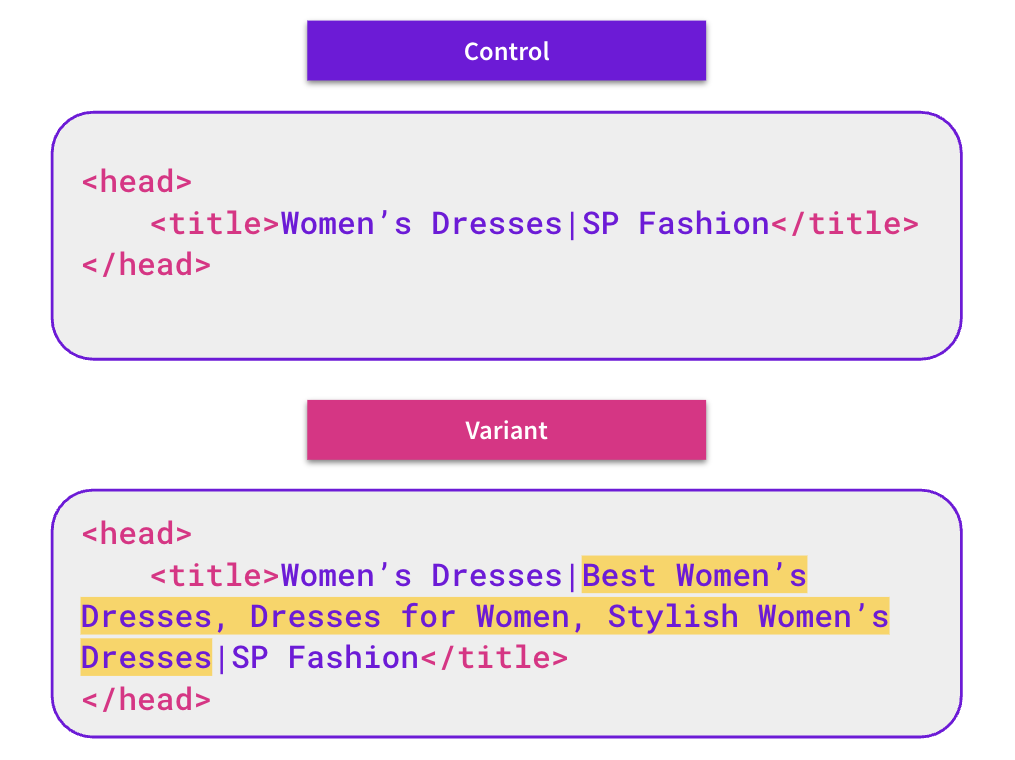Start here: how our SEO split tests work
If you aren't familiar with the fundamentals of how we run controlled SEO experiments that form the basis of all our case studies, then you might find it useful to start by reading the explanation at the end of this article before digesting the details of the case study below. If you'd like to get a new case study by email every two weeks, just enter your email address here.
In this week’s #SPQuiz, we looked at whether adding a list of offered services to a large retailer customer’s store location pages, as a way to provide helpful information for their customers and search engines, would improve the organic traffic to their store locator pages.
We asked our followers on both Twitter and LinkedIn what they thought the impact would be on organic traffic.
Here is what they thought:
Twitter:
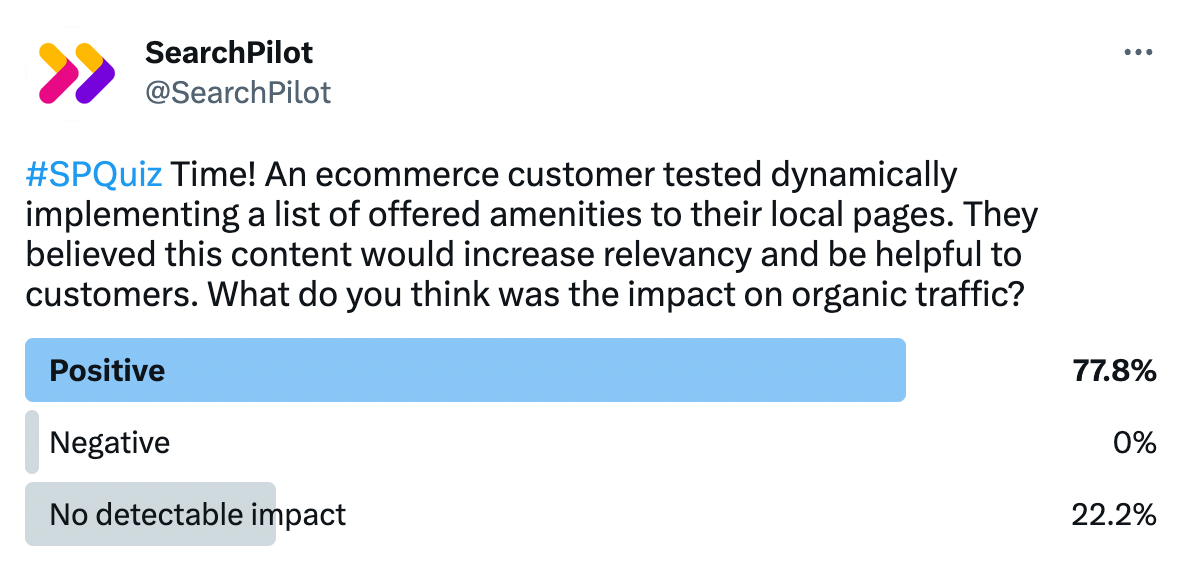
Over 77% of our Twitter followers thought this change would have a positive impact on organic traffic while 22% thought it would have no detectable impact.
LinkedIn:
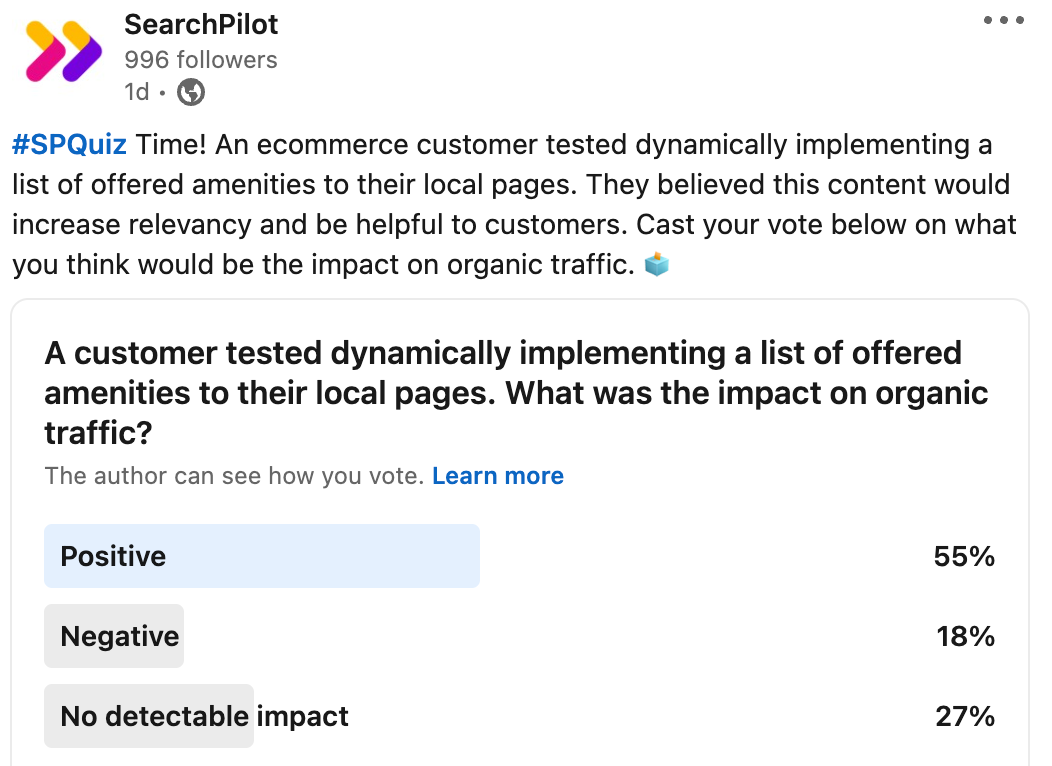
The results were slightly different from our LinkedIn followers, with 55% voting that the test would have a positive impact, and 18% believing it may have a negative effect on organic traffic.
As it turns out, those who voted positive got it right! Read on to find out the details.
The Case Study
For this test, our customer wanted to explore the impact of adding content that detailed the amenities of each store, in bullet point form, beneath listings on the store locator pages.
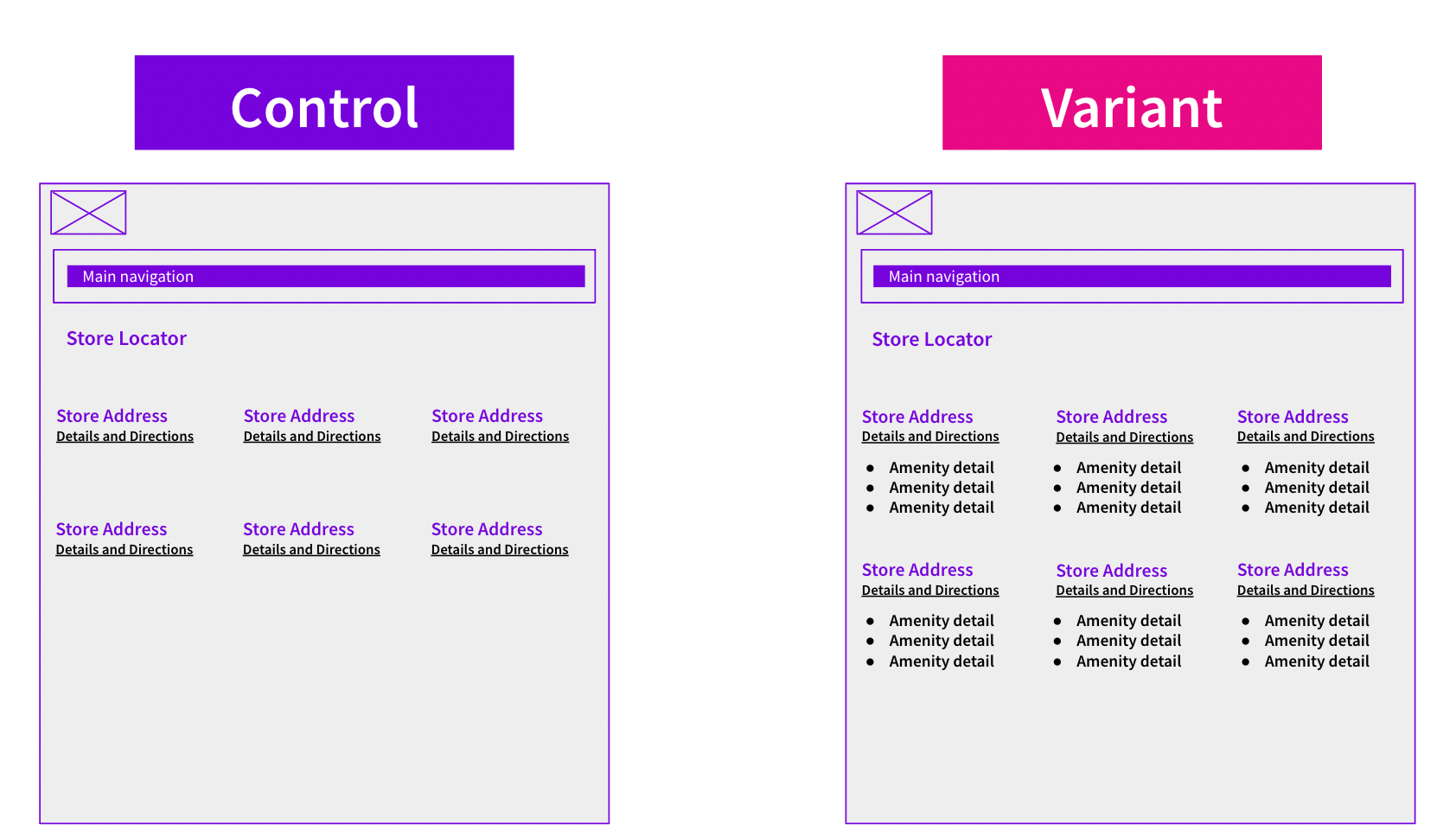
The hypothesis for this was twofold. Firstly, we believed that adding information about a given store’s amenities would help improve Google’s understanding of each page’s content while also providing helpful information for users. We hypothesised that these factors would improve rankings and, thus, organic traffic. We also believed there was the potential to target new keywords and improve the pages’ relevancy, which would also benefit rankings.
Furthermore, with Google’s tendency to rewrite meta descriptions, there was also the possibility that some keywords, depending on the search query, may begin to appear in search snippets where they did not before. We believed this could also improve organic click-through rates.
We know that adding relevant on-page content can influence Google’s understanding of a page, providing several benefits. Including helpful information helps search engines better index and serve pages when the content matches relevant search queries. The better the content matches a search query, the more likely it will rank higher for those searches.
In addition to providing helpful information for customers, targeting new keywords is also a great way to improve organic traffic. In this example, our customer was adding amenity details which quickly displayed useful information, while ensuring the relevancy of the page was enhanced for particular search queries.
We know that while additional content can help search engines understand the page, it’s essential to make sure that the content provides valuable information for users rather than just keyword stuffing. Google’s recommendation is to stick to informative content in a location where users can read it easily.
The position of content is considered by search engines when they index a page, with more importance typically given to content placed higher on the page and in a logical place for users. Readability of the content is also an important factor for both users and crawlers, and in this test, bullet points helped display the information in a consumable and informative way
The following chart shows the impact the addition of this content had on the variant pages:
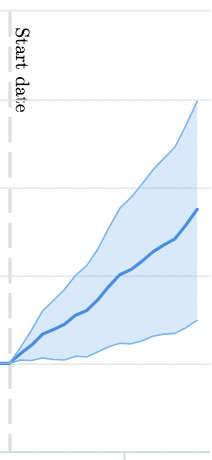
The results showed that this test was positive at a statistically significant percentile, leading to an impressive 8% uplift in organic traffic, with an estimated 7,000+ sessions per month. This test supports our hypothesis that adding relevant on-page content improves Google’s understanding of the page’s content while also targeting new keywords and providing useful information for users, which benefits rankings and CTR, and therefore organic traffic.
Since this increase was statistically significant, it was easy for this customer to decide to deploy these changes site-wide, which they were able to easily achieve using SearchPilot’s meta-CMS feature. There was very little risk of a negative outcome with this test, and the consideration was really about whether there was a significant improvement in performance to justify the maintenance and upkeep of including this information.
How our SEO split tests work
The most important thing to know is that our case studies are based on controlled experiments with control and variant pages:
- By detecting changes in performance of the variant pages compared to the control, we know that the measured effect was not caused by seasonality, sitewide changes, Google algorithm updates, competitor changes, or any other external impact.
- The statistical analysis compares the actual outcome to a forecast, and comes with a confidence interval so we know how certain we are the effect is real.
- We measure the impact on organic traffic in order to capture changes to rankings and/or changes to clickthrough rate (more here).
Read more about how SEO testing works or get a demo of the SearchPilot platform.
